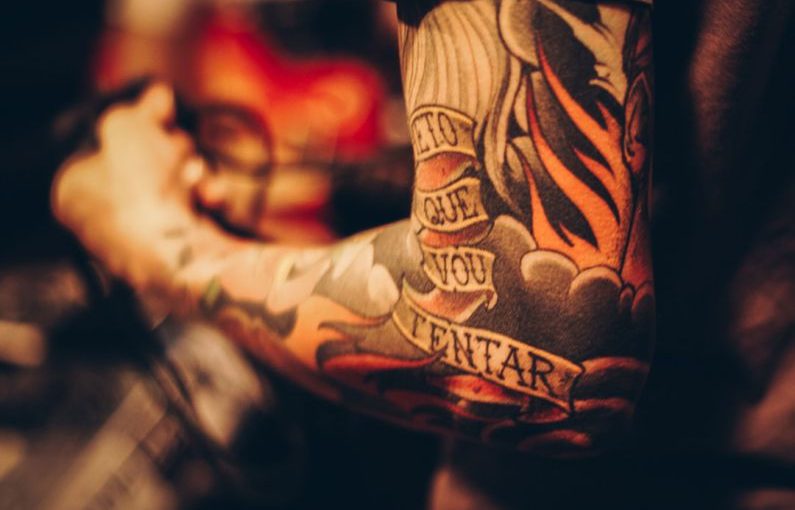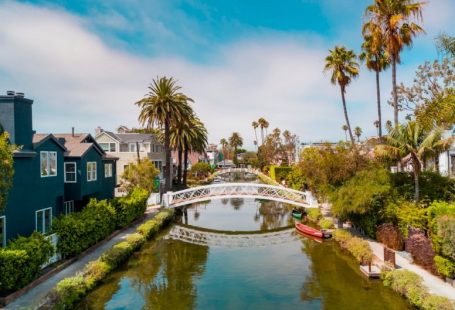Samoan tattoos, also known as tatau, are deeply rooted in the rich culture and history of Samoa. These intricate designs have fascinated people around the world for their unique patterns and spiritual significance. From traditional hand-tapped tattoos to modern machine-made designs, Samoan tattoos continue to be a symbol of pride, identity, and heritage for the Samoan people.
The Origins of Samoan Tattoos
Samoan tattoos have a long and storied history that dates back thousands of years. In ancient Samoa, tattoos were a rite of passage, marking significant milestones in a person’s life. These tattoos were not only decorative but also served as a form of protection and a means of expressing one’s identity and status within the community.
Traditional Samoan tattoos were hand-tapped using a series of sharp tools made from bone, teeth, or shells. The process was not only painful but also highly intricate, with each design holding specific meanings and symbolism. These tattoos were typically applied to the body’s midsection, covering the chest, back, and thighs, and were considered a mark of strength, courage, and resilience.
Evolution of Samoan Tattoos
In recent years, Samoan tattoos have evolved to incorporate modern techniques and styles while still preserving their traditional roots. Today, many Samoan tattoo artists use tattoo machines to create intricate designs that pay homage to the ancient art form. These contemporary tattoos often feature a mix of traditional Samoan motifs, such as turtles, shells, and waves, blended with modern elements to create a unique and personalized design.
The Meaning Behind Samoan Tattoos
Each element of a Samoan tattoo holds deep symbolism and meaning, reflecting the wearer’s personal journey, beliefs, and values. From the intricate patterns to the placement of the tattoo on the body, every aspect of a Samoan tattoo tells a story. For example, a turtle symbolizes longevity and wisdom, while a shark tooth represents protection and strength. These symbols are often combined to create a cohesive design that reflects the wearer’s heritage and cultural identity.
The Cultural Significance of Samoan Tattoos
Samoan tattoos play a vital role in preserving and celebrating the rich cultural heritage of Samoa. For many Samoans, getting a tattoo is a sacred and deeply spiritual experience that connects them to their ancestors and traditions. The process of receiving a Samoan tattoo involves not only the physical act of getting inked but also a spiritual journey that honors the gods and spirits that guide and protect the wearer.
The Impact of Samoan Tattoos on Popular Culture
In recent years, Samoan tattoos have gained popularity in mainstream culture, with many celebrities and athletes sporting these intricate designs. From Dwayne “The Rock” Johnson to the Samoan rugby team, these tattoos have become a symbol of strength, resilience, and cultural pride. In the world of fashion and entertainment, Samoan tattoos have inspired countless people to explore and embrace the beauty and symbolism of this ancient art form.
Appreciating the Artistry of Samoan Tattoos
Samoan tattoos are not just designs inked on the skin; they are a form of art that celebrates the rich history and traditions of Samoa. The intricate patterns, bold lines, and deep symbolism of these tattoos reflect the craftsmanship and skill of the tattoo artists who create them. Whether hand-tapped or machine-made, Samoan tattoos continue to captivate and inspire people around the world with their beauty and cultural significance.
Embracing the Legacy of Samoan Tattoos
As we delve into the depths of Samoan tattoos, we uncover a treasure trove of history, symbolism, and cultural significance. These timeless designs serve as a reminder of the resilience and strength of the Samoan people and their enduring connection to their heritage. By embracing and honoring the legacy of Samoan tattoos, we pay tribute to the artistry and craftsmanship of this ancient art form that continues to thrive and inspire generations to come.





